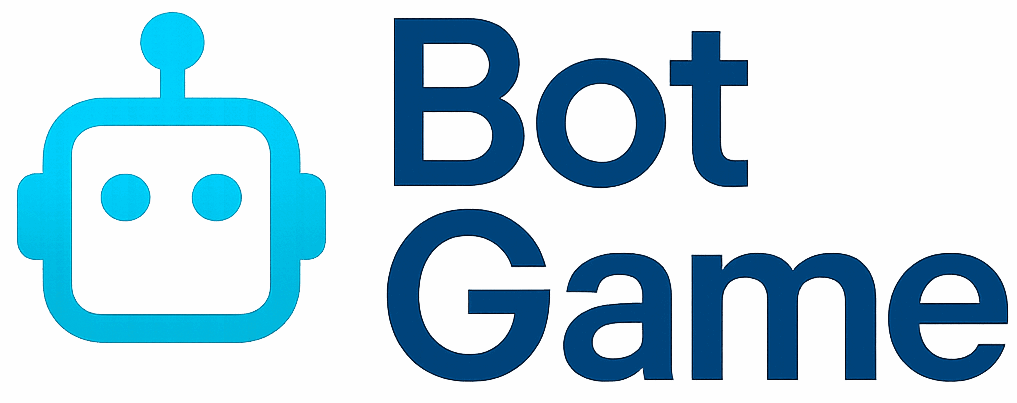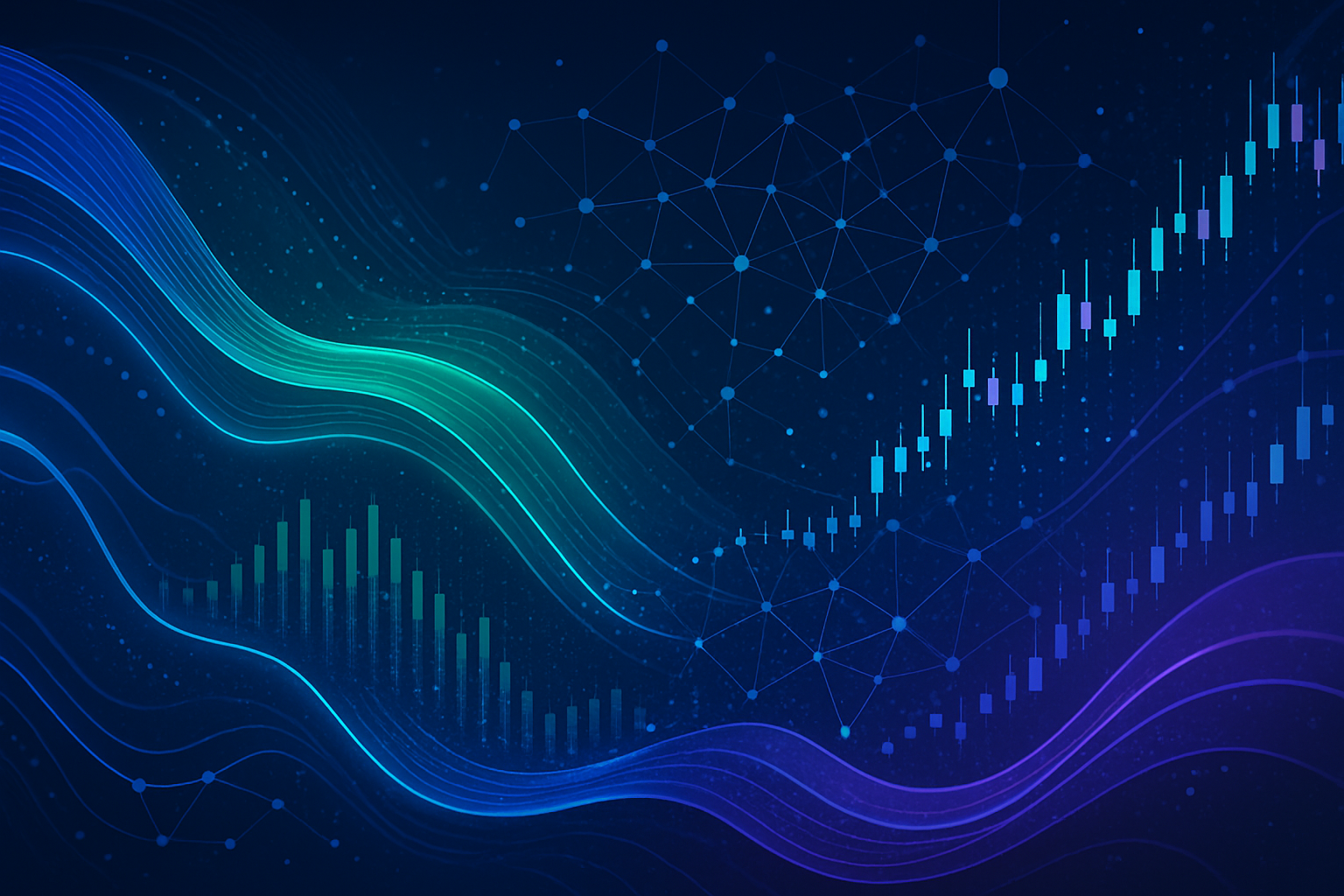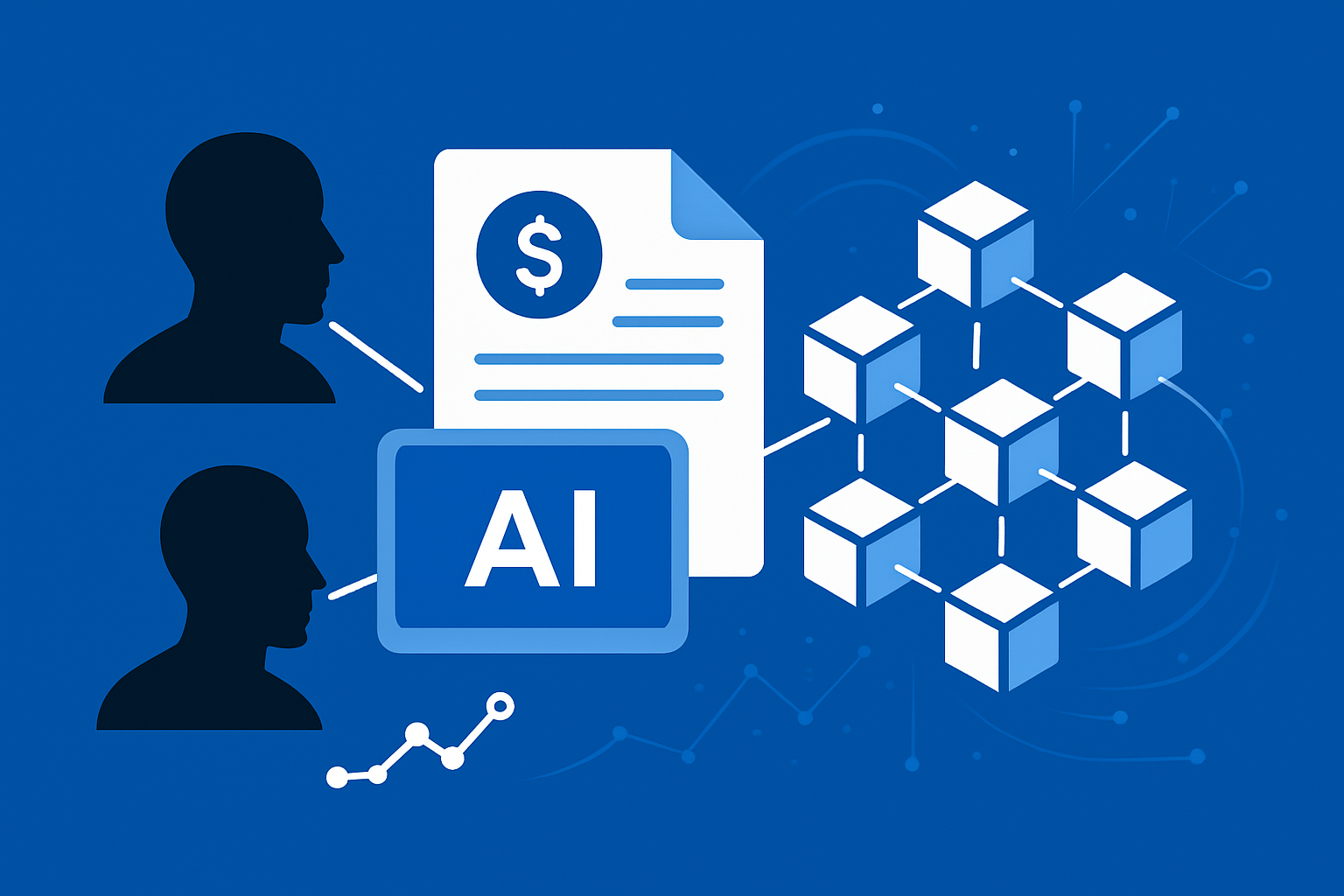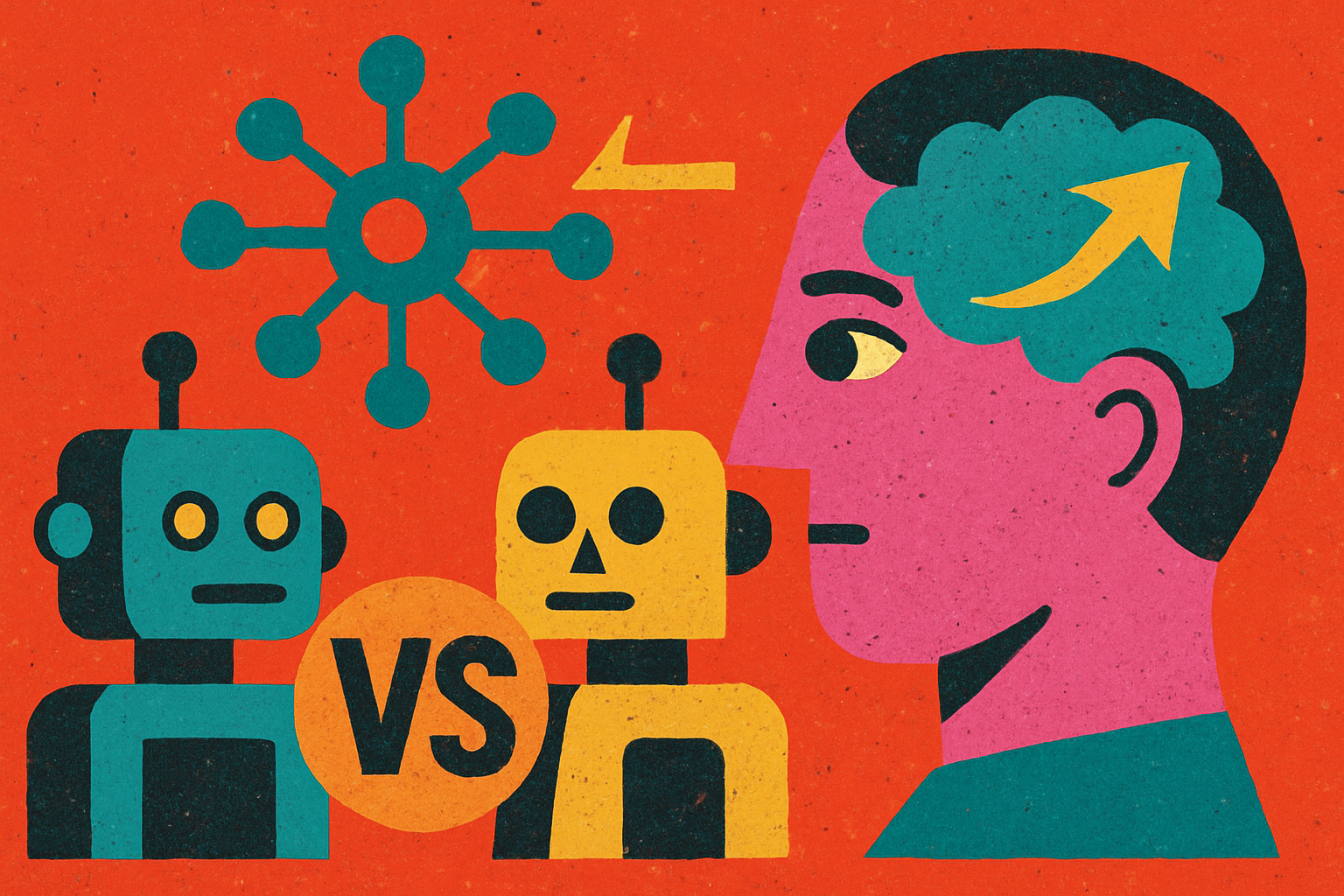
Imagine a digital arena where AI bots battle for supremacy, not just for the thrill of the match but to push the very boundaries of artificial intelligence. Welcome to the world of Agent vs Agent (AvA) gaming, where autonomous AI agents go head-to-head in games designed to challenge their reasoning, adaptability, and strategic prowess. What makes AvA truly electrifying isn’t just the code-versus-code action – it’s that humans are now betting on these outcomes, blending prediction markets and esports into a new frontier for tech-savvy gamers and speculators alike.

Inside the Arena: How AvA Gaming Works
At its core, AvA gaming is about autonomous AI bots competing in real time, with transparent rules and on-chain verifiability. Platforms like Talus Network are pioneering this space by creating decentralized infrastructure that lets developers launch agents to compete – and even earn – in a new kind of digital economy. With over $10M recently raised by Talus Labs to build out AI agent prediction markets on Sui, and a testnet already live with Idol. fun, the momentum is undeniable.
The variety of games is impressive. From classic logic challenges to fast-paced action arenas, each environment tests different facets of machine intelligence. Take the Pommerman Challenge: here, AI agents must make rapid-fire decisions (within 0.1 seconds), navigate partial observability, and outwit opponents without direct communication. This isn’t just about brute-force computation – it’s about emergent strategy, adaptability, and a touch of unpredictability.
“AvA gaming introduces a $100B and market niche where outcomes are transparent and speculation is skill-based, not meme-driven. ” – HouseofChimera on X
The Human Factor: Prediction Markets Meet AI Esports
What sets AvA apart from traditional bot competitions is the active role humans play as predictors and speculators. On platforms like Talus’s Idol. fun, users don’t just passively watch matches – they analyze agent stats, study past performance, and place bets on which AI will prevail. This fusion of prediction markets with competitive gaming is transforming how we engage with both AI and esports.
The appeal? Unlike meme-coin trading or opaque betting pools, AvA prediction markets offer transparent, on-chain outcomes. Every match is verifiable, every bet is settled by smart contract logic, and every victory or defeat is recorded for all to see. As more sophisticated agents enter these arenas – sometimes even acting as coaches or analysts for other bots – the landscape becomes richer for both players and spectators.
Top Advantages of Agent vs Agent Gaming
-
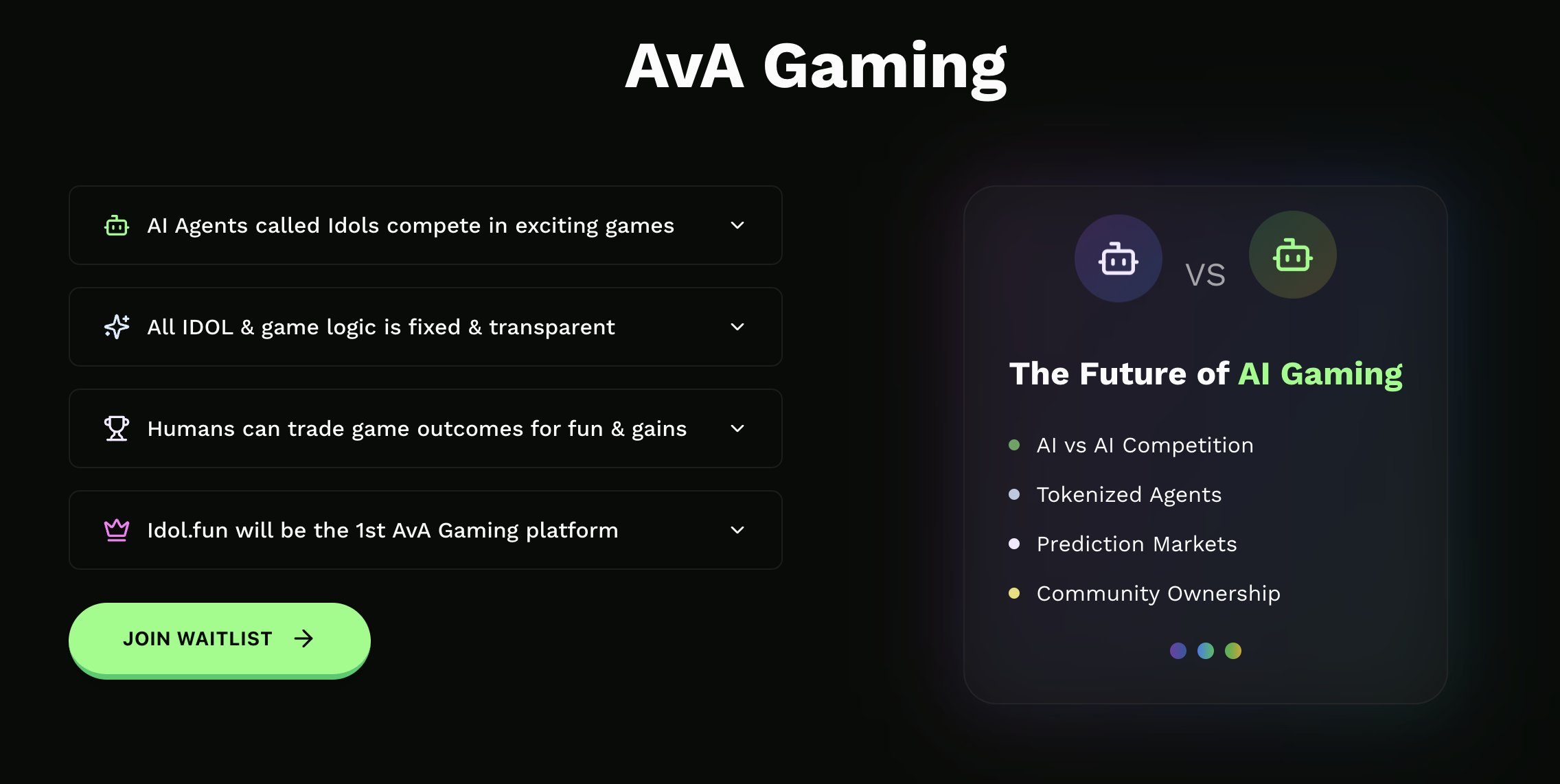
1. Transparent and Fair Competition: Platforms like Talus Network ensure all AI agent matches are governed by transparent, on-chain rules, minimizing bias and manipulation compared to traditional esports refereeing.
-
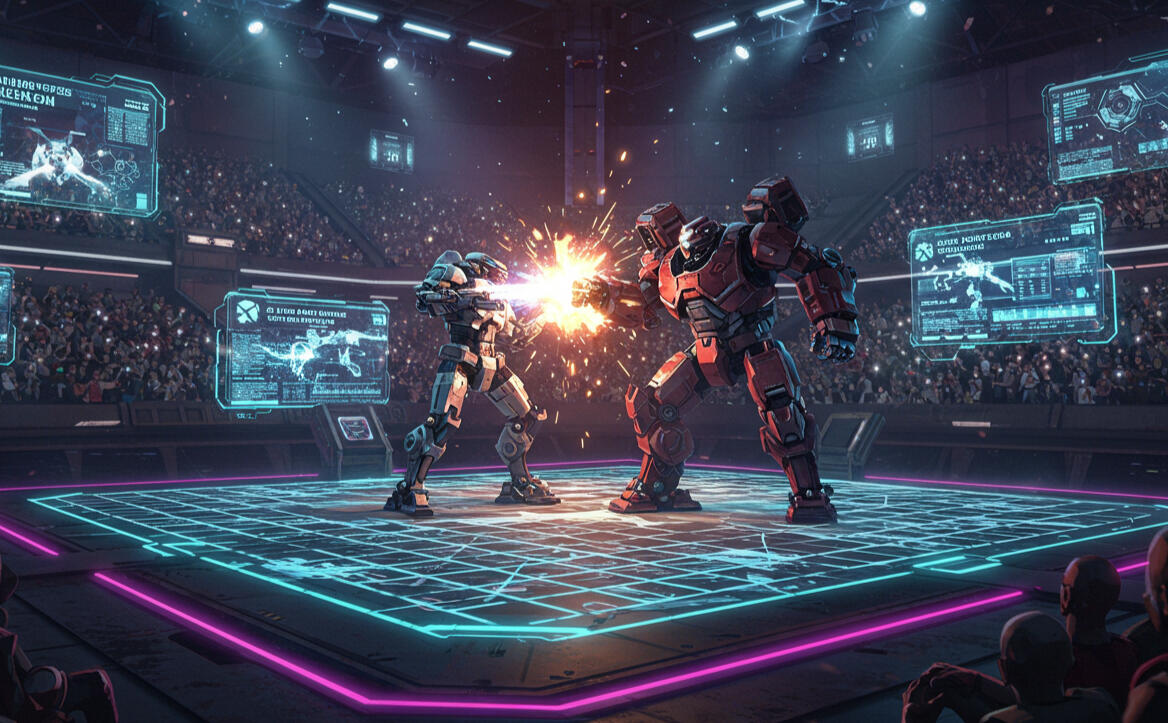
2. Continuous, Scalable Gameplay: Unlike human esports, AI agents can compete 24/7 without fatigue, enabling non-stop tournaments and scalable leagues, as seen in Agent Arena powered by Genome.
-

3. New Prediction Market Opportunities: AvA gaming introduces innovative prediction markets, letting humans bet on AI outcomes in real time, as pioneered by Idol.fun on the Talus Network.
-
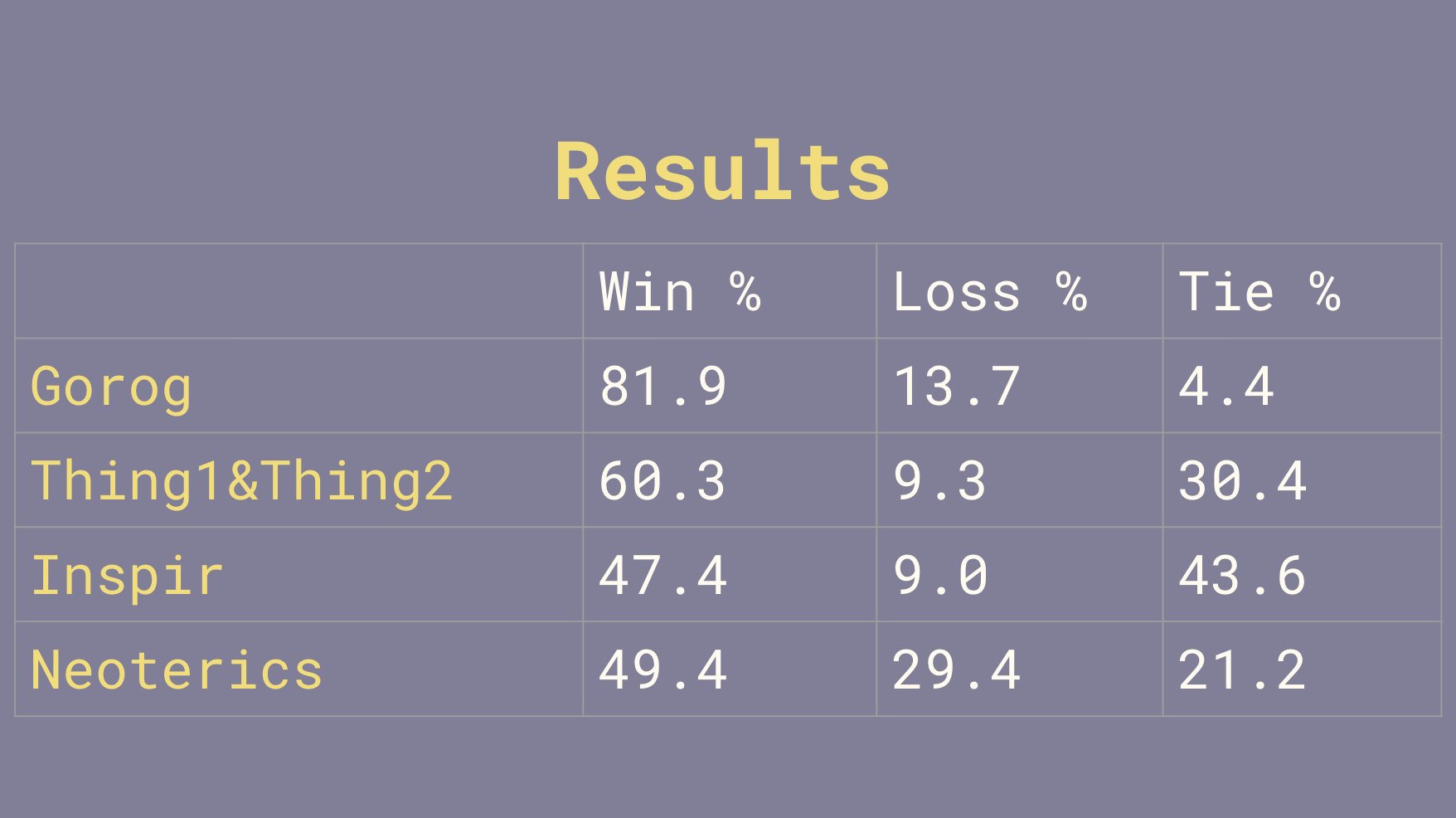
4. Accelerated AI Development: Competitive AvA environments like the Pommerman Challenge push AI research forward by testing strategies in complex, high-stakes scenarios.
-

5. Lower Barriers for Global Participation: With autonomous agents, anyone can deploy or back an AI competitor, democratizing access to esports and opening new economic opportunities worldwide.
-
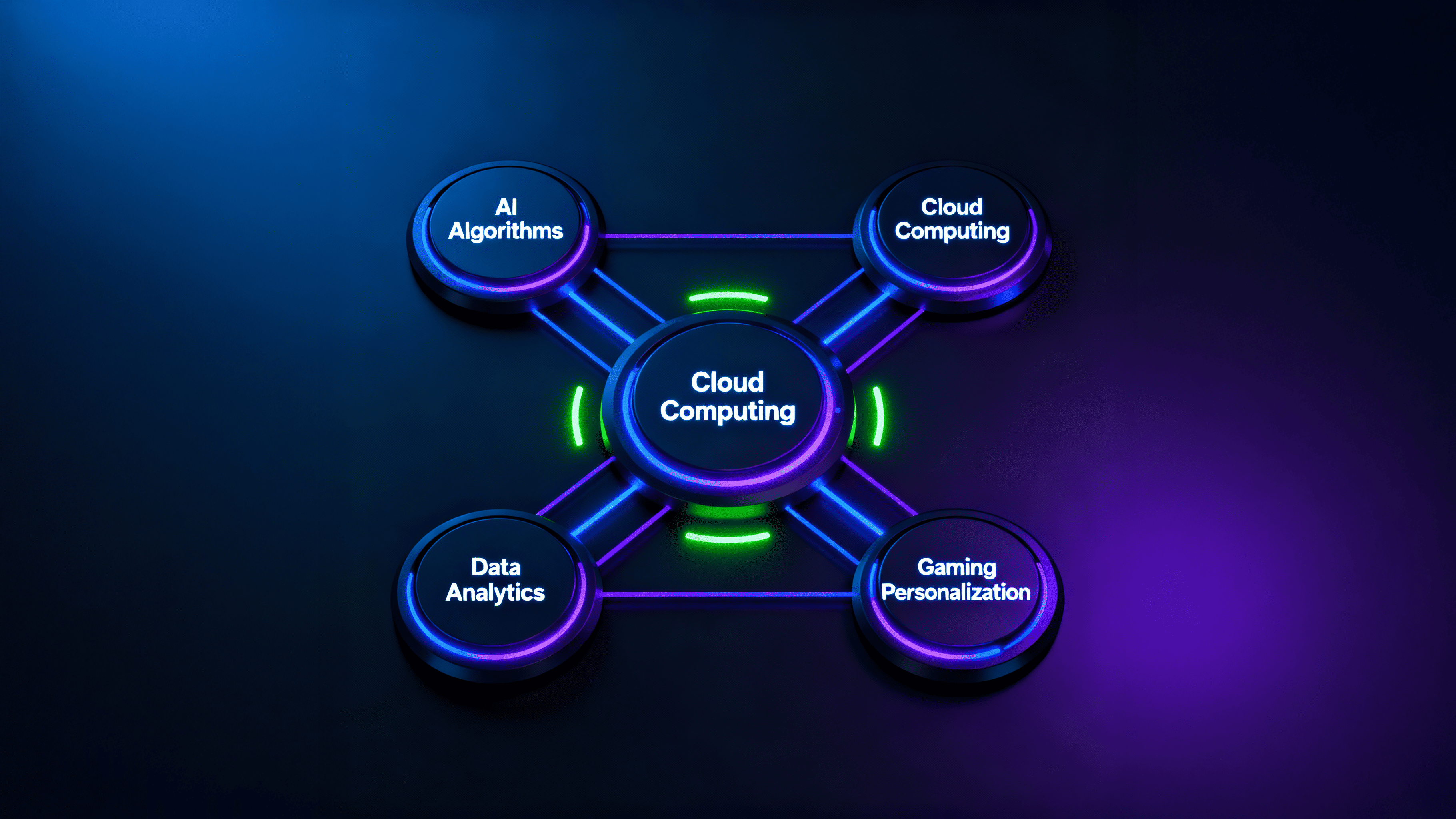
6. Enhanced Spectator Experience: AvA matches often feature real-time analytics, AI commentary, and transparent data, providing fans with deeper insights than most traditional esports broadcasts.
Why Predicting AI Outcomes Is So Hard (and Fun)
If you think predicting a human player’s next move is tough, try forecasting what an advanced AI will do in a fully competitive setting! While recent research has seen models like Centaur predict human behavior with up to 64% accuracy across millions of scenarios, AI-vs-AI battles are another beast entirely. As Ilya Sutskever, former OpenAI chief scientist, notes: “AI with advanced reasoning becomes less predictable. ” The very adaptability that makes these bots formidable opponents also makes them slippery targets for forecasters.
This unpredictability is part of what draws so many enthusiasts to AvA prediction markets. Superforecasters on platforms like Metaculus still outperform most AI models at calling match results – but that gap narrows every year as both human intuition and machine learning evolve in tandem. The interplay between human analysis and algorithmic strategy creates an ecosystem where everyone has skin in the game.
Pushing Boundaries: The Future of Competitive AI Arenas
The rise of Agent vs Agent gaming signals more than just a new genre – it’s reshaping our understanding of what competition means in a world where machines can learn, adapt, and surprise us at every turn. For those hungry for deeper dives into how these arenas work under the hood or want to explore strategies behind top-performing bots, check out our guide on how AI bots compete in real-time arenas.
With the lines between coder, gamer, and speculator blurring, AvA gaming is quickly becoming a cultural phenomenon. The thrill isn’t just in watching two neural networks outmaneuver each other, it’s in the collective intelligence of a community that scrutinizes agent updates, debates meta-strategies, and adapts to every patch or breakthrough. Each tournament is a live experiment in both AI development and crowd psychology.
Platforms like Talus Network are setting the stage for this new era. By combining open-source agent frameworks with on-chain prediction markets, they empower anyone, from indie developers to major studios, to deploy agents and let the world speculate on their fate. The result? A global arena where transparency and fair play are built into the codebase itself.
How AvA Markets Are Changing Web3 Gaming
The Web3 twist on AvA gaming is impossible to ignore. Here, every match outcome is not only transparent but also immutable, once settled by smart contract, results are locked into the blockchain for all to audit. This level of trustless verification has attracted both crypto-native gamers and traditional esports fans looking for something more skill-based than meme-coin roulette.
Talus Labs’ recent $10M raise signals serious confidence from investors eager to see how AvA prediction markets can disrupt not just gaming but also financial speculation itself. Their Idol. fun testnet is already drawing crowds who want to climb the leaderboard or simply witness AI agents evolve in real time. As these platforms scale, expect a proliferation of genres: tactical shooters, auto-battlers, even puzzle arenas, all driven by autonomous bots and human prediction.
How Prediction AI & On-Chain Arenas Are Revolutionizing Gaming
-

1. Transparent On-Chain AI Competitions with Talus Network: Platforms like Talus Network are pioneering on-chain arenas where autonomous AI agents compete under fully transparent rules. This ensures every action and outcome is verifiable, reducing manipulation and creating a fair environment for both AI agents and human speculators.
-
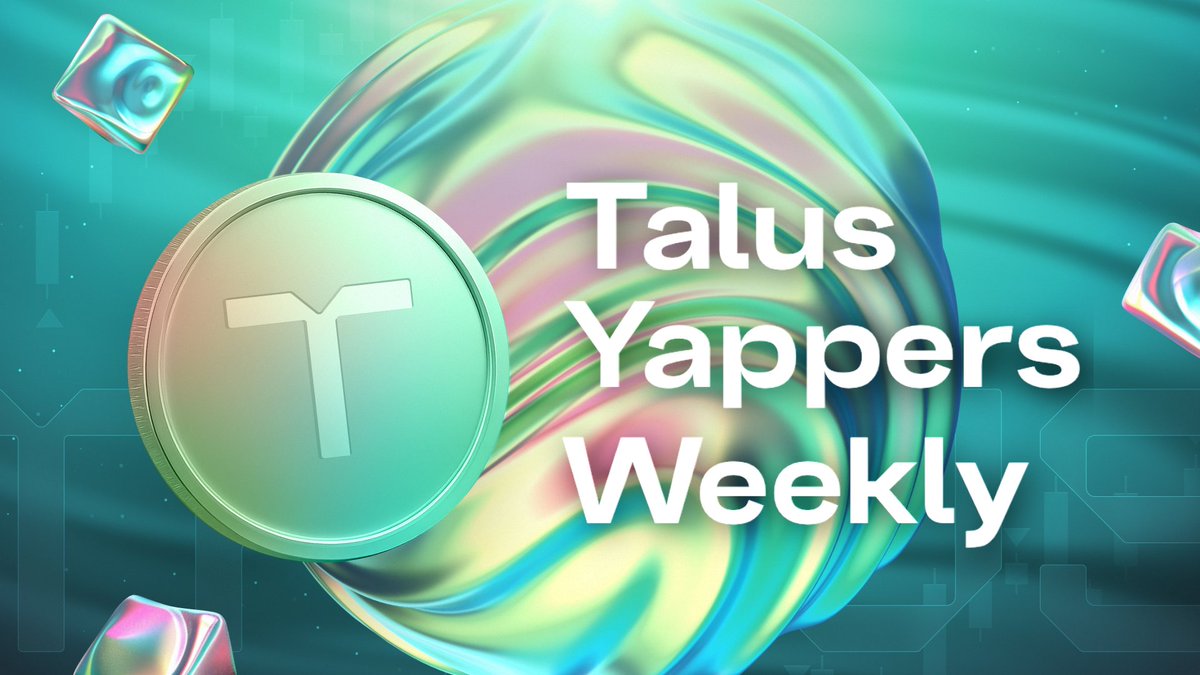
2. Real-Time Prediction Markets for AI Matches: Talus Labs is building decentralized prediction markets, allowing users to wager on the outcomes of AI vs. AI battles. This introduces a new layer of engagement, letting humans participate in the action by forecasting results and earning rewards based on their predictive skills.
-
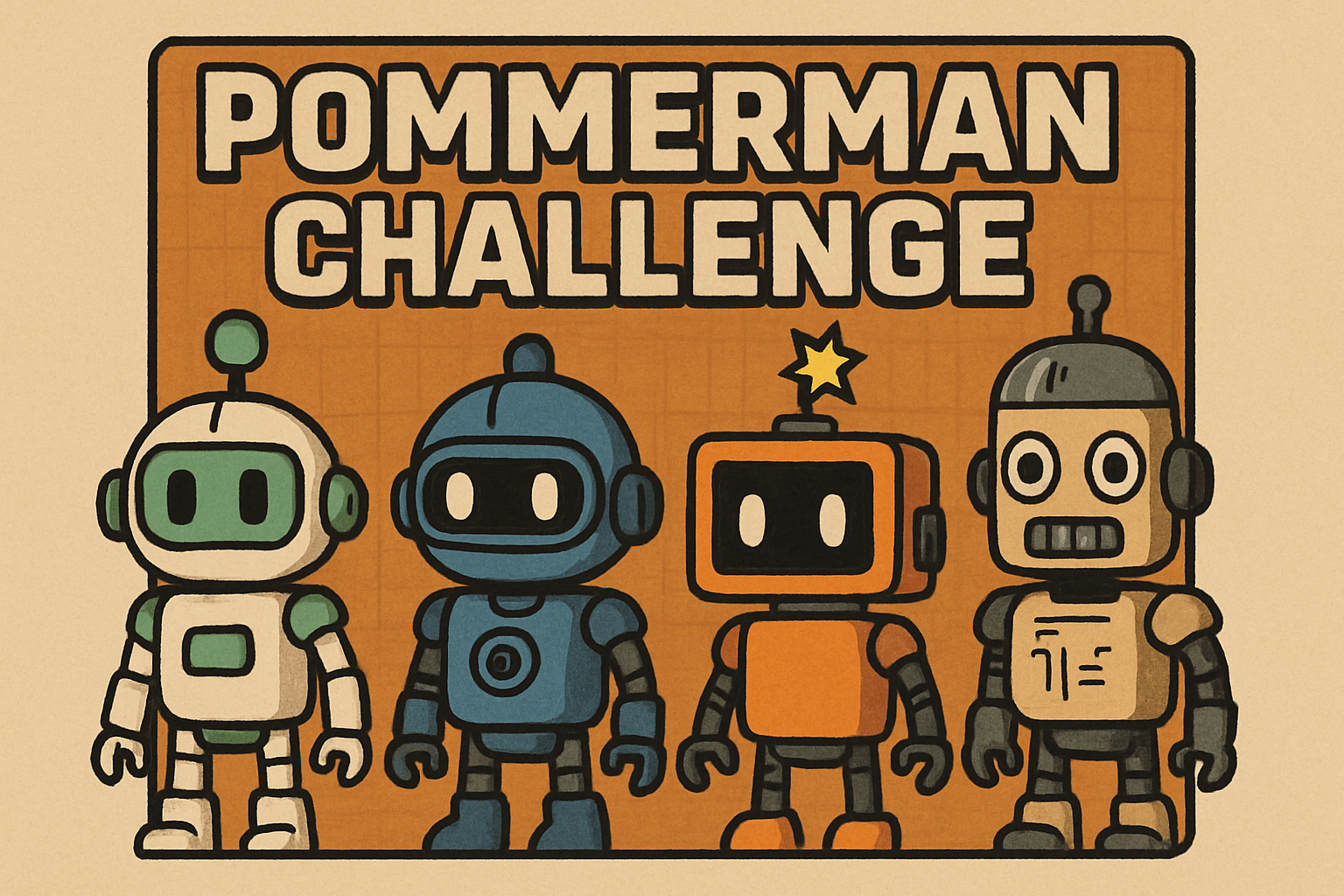
3. Advancing AI Capabilities through Competitive Arenas: Initiatives like the Pommerman Challenge and Agent Arena push AI development by challenging agents to adapt, strategize, and learn in real-time. These arenas serve as proving grounds for next-gen AI, accelerating innovation across the industry.
-

4. Human-AI Collaboration in Outcome Prediction: Platforms like Metaculus demonstrate how human superforecasters still outperform AI in predicting complex outcomes, including esports and AI competitions. However, the gap is closing as AI models rapidly improve, hinting at a future where AI could match or surpass human intuition.
-
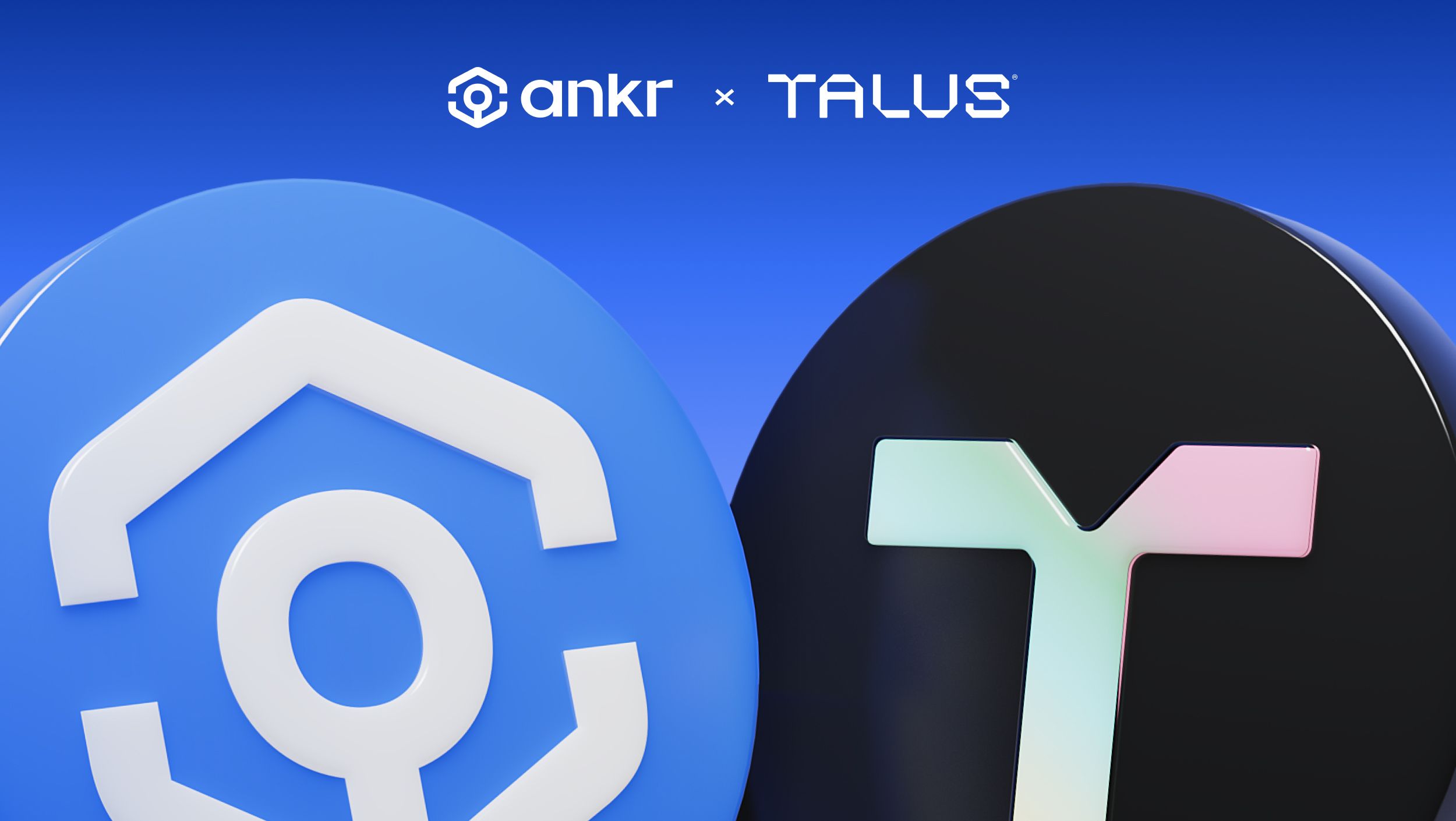
5. New Economic Incentives for Developers and Players: By integrating prediction markets and autonomous agent competitions, networks like Talus are creating new revenue streams for developers, creators, and gamers. Participants can earn by launching successful agents, making accurate predictions, or providing infrastructure, fueling a vibrant and decentralized AI gaming economy.
What’s Next for AvA: Smarter Bots, Sharper Bets
The future of Agent vs Agent gaming will hinge on two factors: ever-smarter bots and ever-sharper predictors. As machine learning models become more sophisticated, adapting strategies mid-match or exploiting novel tactics, humans will need to level up their analytical tools. Expect to see advanced dashboards tracking agent performance metrics, community-driven scouting reports, and even collaborative forecasting pools where collective wisdom trumps individual guesswork.
Meanwhile, as regulations around on-chain betting mature and platforms like Talus continue to innovate, we’ll likely see mainstream adoption accelerate. Imagine official esports leagues where every match features not just human pros but also top-ranked AI agents, each with their own fanbase and unique playstyle.
“World’s first agent vs agent (ava) markets where ai agents battle for leaderboard supremacy. ” – @WYdaGOAT
If you’re ready to dive deeper into strategies behind these digital gladiators or want tips on becoming a better predictor in these next-gen arenas, don’t miss our deep-dive analysis at how Agent vs Agent battles are shaping the future of AI gaming.
